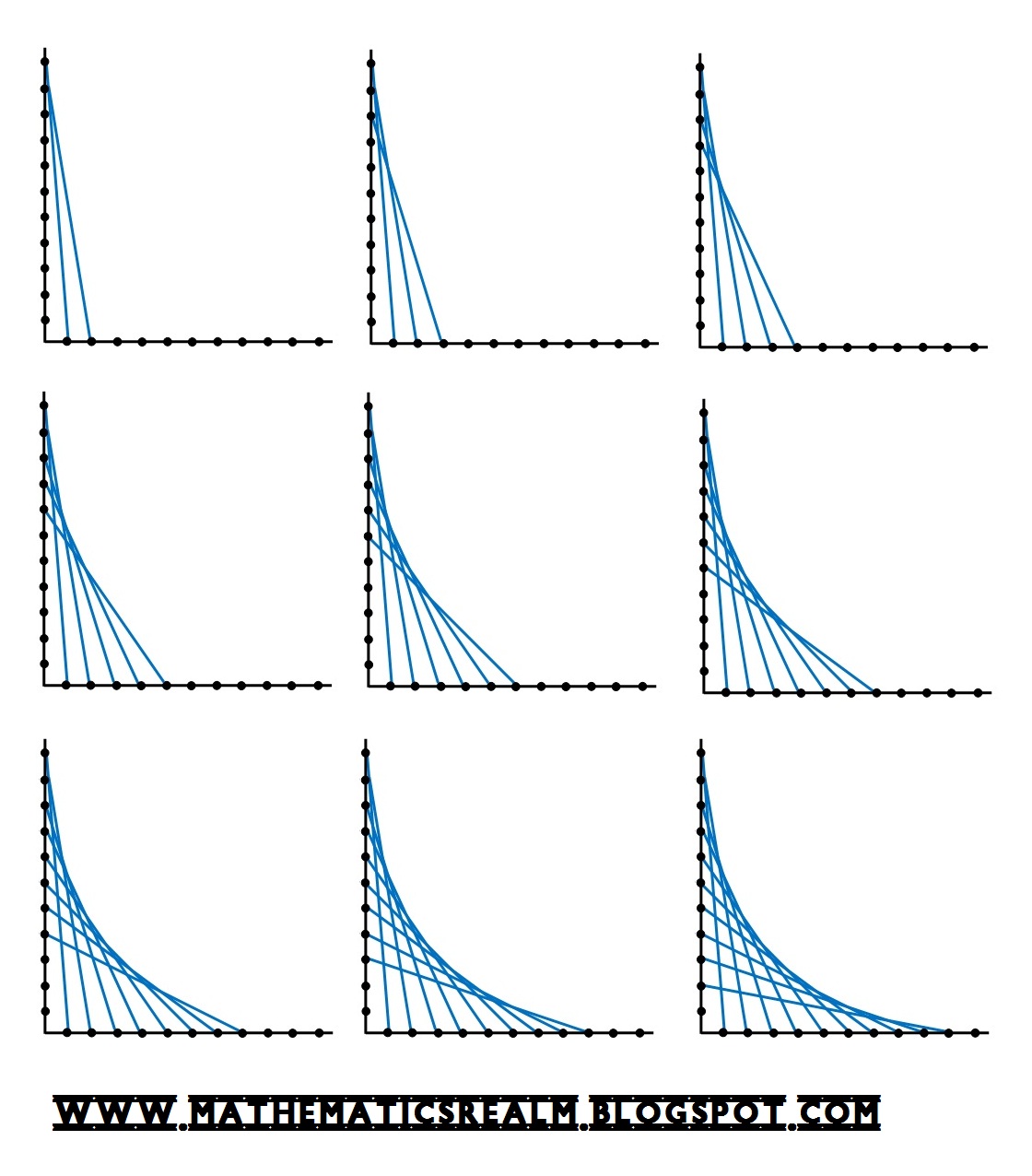Have A Tips About Are Curved Lines Proportional D3 Line Chart React Example

So, if we're thinking about a proportional relationship, or the graph of a proportional relationship, there should be two things that we're looking for.
Are curved lines proportional. The graph of a proportional relationship is a straight line through the origin. Figure \(\pageindex{2}\) these points do not lie on a line. This can happen in two ways.
This number is called the constant of proportionality. Comparing and contrasting linear and direct relationships. The value of this constant is called the coefficient of proportionality or proportionality constant.
This lesson will discuss the connection among proportional. For example, the amount of money you earn at $10 an hour in addition to a $100 signing bonus. Interpreting and identifying linear and direct relationships.
Graph a is a straight line and goes through the origin, so it represents a proportional relationship. The line that they lie on passes through the origin, \((0,0)\). \ (\text {y}\) is inversely proportional to.
One, it should be a line. A proportional relationship is one in which the ratio of two variables is constant. When we graph this relationship we get a curved graph.
Use a straight edge to draw a line through this point and \((0,0)\). As one variable increases, the second variable decreases at the. The unit rate is the slope of the line.
Here, we need to check that all the ratios of one quantity to the other are equivalent. Graph b is a straight line but does not go through the origin, so it does not represent a proportional relationship. Learn how to tell proportional relationships by drawing graphs.
Part of the graph lies in quadrant i and part of the graph lies in quadrant iii. That is, when either their ratio or their product yields a constant. When two quantities are in inverse proportion, as one increases the other decreases.
If the graph is a straight line through the origin, then it represents a proportional relationship. One variable increases the other decreases and vice versa. For some constant k , called the constant of proportionality.
Graphs that represent proportional relationships all have a few things in common: The curve gets closer to the axes as \ (x\) and \ (y\) reach. So, the answer is no, this relationship is not proportional.























